Planning performance statistics: first quarter, 2016-2017
The latest summary statistics on planning decision-making and timescales for April to June 2016.
3. Major Developments
Major developments include applications for developments of 50 or more homes, as well as other applications covering areas of development such as minerals, housing, business & industry, waste management, electricity generation, freshwater fish farming, marine finfish farming, marine shellfish farming and other developments. Classification between local and major developments depends on the particular development type. For example, housing developments are classed as major when the application is for 50 or more dwellings or for a site that exceeds two hectares, whereas electricity generation is classed as major when the capacity of the generating station is or exceeds 20 megawatts.
Details for the classification of all development types can be found here: http://www.gov.scot/Resource/Doc/278390/0083657.pdf
This section presents quarterly information on average timescales across all major developments, along with separate figures for the key categories of housing, business and industry and other developments. Information on other more detailed categories of major developments is reported on an annual rather than quarterly basis.
3.1 All Major Developments
For applications subject to average time calculations there were 61 major applications decided during the first quarter of 2016/17 with an overall average decision time of 39.3 weeks, thirteen weeks slower than the previous quarter (26.3 weeks) and over five weeks slower when compared to quarter one in 2015/16 (34.2 weeks). Comparable figures for quarter one in previous years were 28.9 weeks in 2014/15, 32.8 weeks in 2013/14 and 38.5 weeks in 2012/13. ( Quarter 1, 2016/17 - Table 2)
Chart 23: All Major Developments: Number of decisions
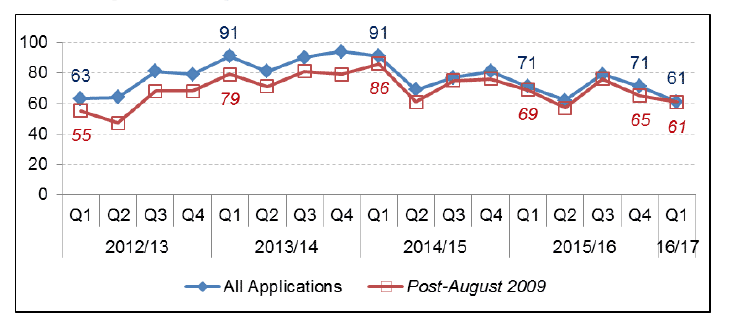
Chart 24: All Major Developments: Average decision time (weeks)
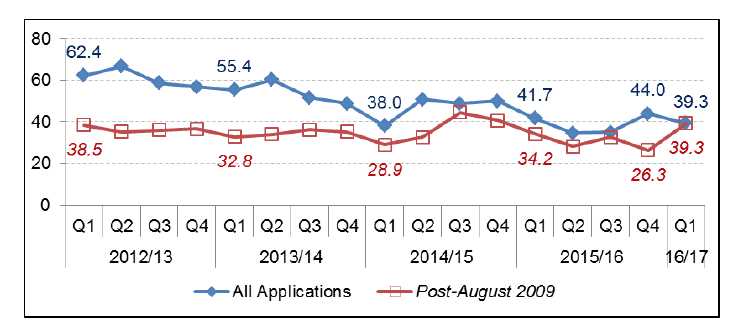
It should be noted that the average time figure of 39.3 weeks includes thirteen lengthy applications that each had a decision time of over one year and these have had an influence on the overall average. Almost 69% of the 61 major development applications were decided in a time that is quicker than the average. Further information on the distribution of decision times for major development applications is given in Annex A.
In addition there were a further 30 applications for major developments concluded in quarter one of 2016/17 that were subject to separate processing agreements. Half of these applications met agreed timescales that had been set between developers and local authorities. Applications subject to processing agreements are not included in average time calculations.
The time taken to make decisions on major applications can vary greatly between planning authorities and average figures based on a small number of applications can be volatile.
In quarter one of 2016/17 Edinburgh made the most decisions on major developments (11 in total), six of these had an average decision time of 38.1 weeks and a further five major applications had processing agreements with one meeting the agreed timescales that had been set between the developer and local authority.
3.2 Major Housing Developments
Major Housing developments are those with 50 or more dwellings or have a site area that is or exceeds 2 hectares. Although primarily for housing, these developments can also include school provision and associated infrastructure. There were a total of 30 major housing developments decided during the first quarter of 2016/17 and the average decision time was 48.3 weeks, slower by almost 18 weeks compared to the previous quarter (30.5 weeks). Equivalent quarter one figures for earlier years are 64.4 weeks in 2015/16, 35.3 weeks in 2014/15, 44.4 weeks in 2013/14 and 46.6 weeks in 2012/13. ( Quarter 1, 2016/17 - Table 7)
Chart 25: Major Housing Developments: Number of decisions
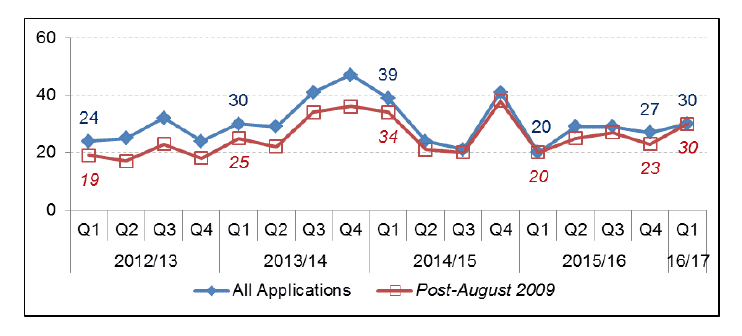
Chart 26: Major Housing Developments: Average decision time (weeks)
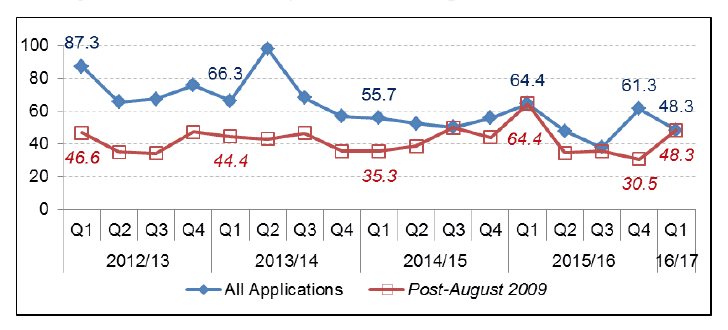
Average figures based on a small number of applications can be volatile. In this quarter there were nine applications with a decision time of more than one year. 70% of the 30 major housing development applications were decided in a time that is quicker than the average. For further detail on the distribution of decision times for major housing see Annex A.
In addition, there were fifteen major housing applications that were subject to processing agreements with six (40%) of these meeting agreed timescales.
3.3 Major Business and Industry
Major Business and Industry developments are those with floor space that is or exceeds 10,000 square metres or have a site area that is or exceeds 2 hectares.
There were seven major business and industry developments in quarter one of 2016/17. These had an average decision time of 39.1 weeks, more than 22 weeks slower than the five developments in the previous quarter (16.8 weeks). Corresponding quarter one figures for previous years were 17.8 weeks in 2015/16, 29.9 weeks in 2014/15, 37.4 weeks in 2013/14 and 15.5 weeks in 2012/13. ( Quarter 1, 2016/17 - Table 9)
Chart 27: Major Business and Industry Developments: Number of decisions
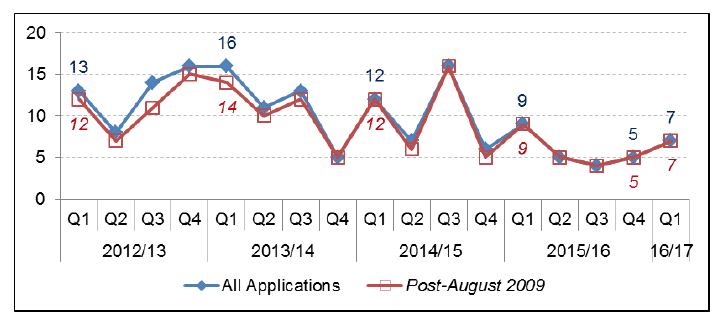
Chart 28: Major Business and Industry Developments: Average decision time (weeks)
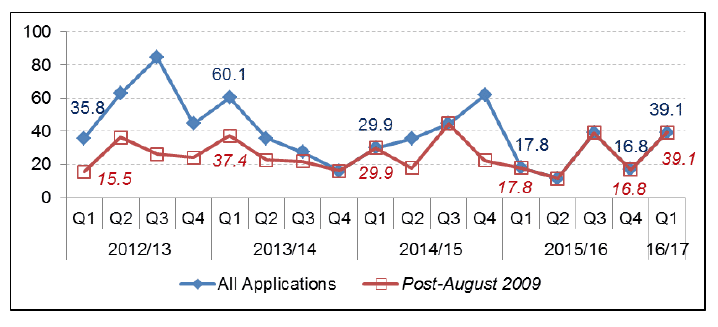
Average figures based on a small number of applications can be volatile. This quarter the average figure has been influenced by one lengthy decision that took over three years. For further details on the distribution of decision times for major business & industry developments see Annex A.
In addition, there were three major business and industry applications that were subject to processing agreements, all of these met agreed timescales.
3.4 Major Other Developments
The category "other developments" includes all developments and uses not covered in one of the other specific categories of application. It includes applications for retail developments, food and drink outlets, hotels, hospitals, schools and leisure & tourism developments but excludes major developments for minerals, housing, business & industry, waste management, electricity generation, fish farming and AMSCs. Major other developments are where the gross floor space of any building, structure or erection as a result of such development is or exceeds 5,000 square metres or the area of the site is or exceeds 2 hectares.
There were 21 major other developments in quarter one of 2016/17. These had an average decision time of 30.2 weeks, more than four weeks slower than the previous quarter (26.1 weeks). Corresponding quarter one figures for earlier years were 20.3 weeks in 2015/16, 20.7 weeks in 2014/15, 22.7 weeks in 2013/14 and 39.6 weeks in 2012/13. ( Quarter 1, 2016/17 - Table 11)
The average decision time of 30.2 weeks includes three lengthy applications that each had a decision time of over one year. Two thirds of the 21 major other development applications were decided in a time that is quicker than the average. For further detail on the distribution of decision times for major other developments see Annex A.
Chart 29: Major Other Developments: Number of decisions
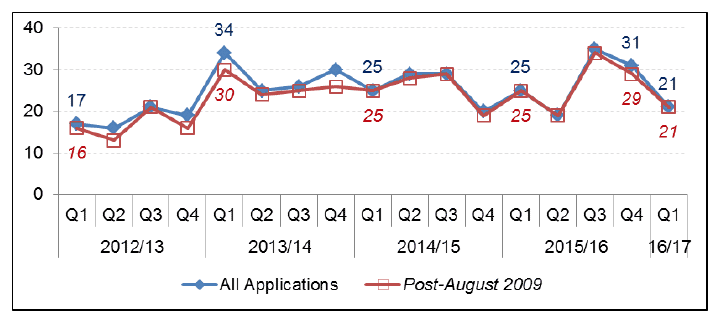
Chart 30: Major Other Developments: Average decision time (weeks)
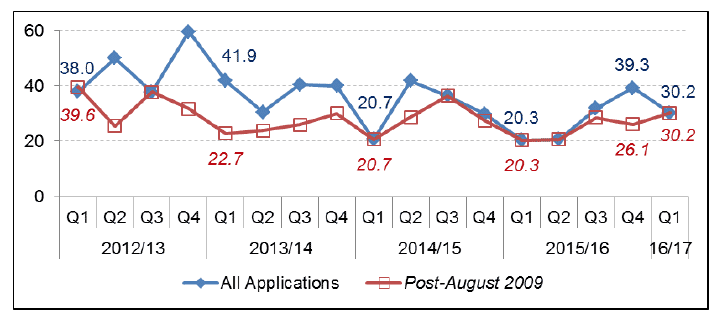
In addition, there were five major other developments that were subject to processing agreements with four of these meeting agreed timescales.
Contact
Email: Planning Statistics, planstats@gov.scot
There is a problem
Thanks for your feedback